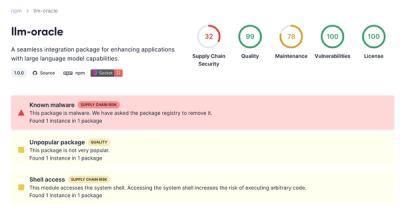Two simple concepts: <Scene> and <View>
npm install @ryancole/scenic
Scene
Scene places history on to context. You must provide Scene with
history via props. On the server, you would likely provide history created
via createMemoryHistory. On the client, you would likely provide history
created via createBrowserHistory.
View
View compares the current location pathname with its own path prop. If any
of the path prop values match the current location pathname, then the
children of View will be rendered. The path prop may be a string or an
array of string.
Alternatively, specifying a not prop will cause View to render only if the
current location pathname does not match any of the values of the path
prop.
If a value in the path prop begins with /, matching with pathname will begin
at the beginning of pathname. If the value of the path prop does not begin
with /, matching with pathname will begin at the end of pathname.
Link
Link is a convenience component for pushing to history location.
Link supports a custom class name when the current location's pathname matches
the Link's own to property value. If the Link directs to the current
active location pathname, it will use the activeClassName property.
Example
import createHistory from "history/createBrowserHistory";
import createHistory from "history/createMemoryHistory";
const history = createHistory();
function Application() {
return (
<Scene history={history}>
// utility Link component.
<Link to="/" activeClassName="active">
Home
</Link>
// straight forward, single path match. matching will begin at the
// *beginning* of the location pathname.
<View path="/team">
<Teams />
</View>
// straight forward, single path match with parameters. children
// will receive `id` as a prop.
<View path="/team/:id">
<Team />
</View>
// single path match. matching will begin at the *end* of the
// location pathname.
<View path="create">
<CreateTeam />
</View>
// single path match that will only render while the current
// location pathname does not match `/foo`.
<View not path="/foo">
<h1>Bar is best</h1>
</View>
// multiple path match that will only render while the current
// location pathname matches any of the provided `path` values.
<View path={["/foo", "/bar"]}>
<h1>Bar is best, but Foo is welcome</h1>
</View>
// multiple path match that will only render while the current
// location pathname does *not* match any of the provided `path`
// values.
<View not path={["/foo", "/bar"]}>
<h1>404</h1>
</View>
</Scene>
);
}



